Revisiting SeaWorld Ohio (Part 2)
- Max
- Apr 27, 2020
- 7 min read
When Premiere Parks bought out Geauga Lake in 2000, they gave it a 40 million dollar face lift, and it was renamed to Six Flags Ohio. This expansion gave the amusement park a total of 20 new rides as well as additions of new attractions to the lake’s water park area. The Six Flags chain owned the theme park rights to the Warner Brothers characters, so many of the new attractions were themed to DC Comics superheroes and the Looney Tunes characters.
Perhaps the biggest change to this redevelopment was the merging of SeaWorld Cleveland and Six Flags Ohio into one shared property. Both parks existed under the name of Six Flags Worlds of Adventure, which when taking up a total of 750 acres, would become the largest Six Flags location in existence.
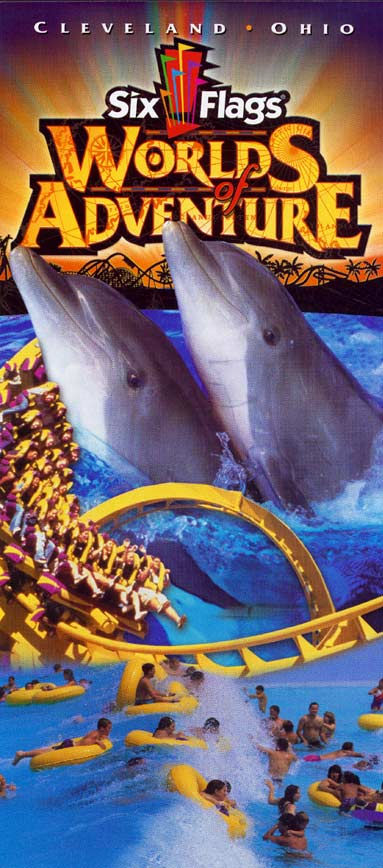
The entire property was divided into three separate areas accessible to guests with a single-day ticket. The SeaWorld area would be known as ‘Wild Life’, the main amusement park would be known as ‘Wild Rides’ and the waterpark would be named ‘Wild Slides’. How creative.
This, in my eyes, was the first mistake when it came to keeping the park financially successful, as an amusement park, water park, and marine zoological park of this magnitude probably shouldn’t all be included with one admission price.
When the SeaWorld branding was dropped from the park, big changes needed to be made to attempt to cover up any existence of SeaWorld’s previous ownership. For example, when Six Flags acquired the property from SeaWorld, they did not include their large marine mammals, namely the killer whales and dolphins. To make up for this, Six Flags replaced them with a new orca and dolphins previously owned by Six Flags Discovery Kingdom.
Also, Six Flags added more new family rides, exhibits, and a Batman water ski stunt show in the SeaWorld section of the park. Six Flags had big plans for the property, and they even announced that a 5 year plan was in development that would have included the additions of a submarine ride, a volcano, and rainforest attraction, as well as a monorail system that would easily transport guests around the massive property. The ‘Wild Slides’ waterpark would also be renamed to Hurricane Harbor.
Six Flags Ohio peaked in attendance in 2000 with approximately 1.7 million guests visiting the park that season. In 2001, when the park was transformed into Worlds of Adventure, attendance hit 2.7 million, just under the anticipated 3 million predicted by the park. While this was by no means a bad number, the park was still under performing, but thankfully, Six Flags had long term plans to keep the park running for many years to come.

Or so they thought.
By 2004, Six Flags found themselves struggling with chain-wide difficulties and was facing serious debt. The Worlds of Adventure property was starting to become too much of a financial burden for them to maintain.
The park pushed forward with plans to reopen for the 2004 season, but just two months before the season would begin, Cedar Fair, the parent company of the neighboring Cedar Point, proposed to buy the park from Six Flags for 145 million dollars. Six Flags accepted the offer and saw it as a good alternative to avoid any serious financial obstacles they would have to face if they kept Worlds of Adventure open for the 2004 season. Cedar Fair now officially owned the entire property, and reverted its name to Geauga Lake, respectively. All future plans Six Flags had for the park were cancelled.
With the park now under Cedar Fair’s control, it had to be re-branded and stripped of any references to Six Flags or Warner Brothers properties to conform to federal copyright laws. With only two months prior to opening, the park had to quickly rename many of its attractions and themed areas. For example, the Hurricane Harbor water park was renamed to Hurricane Hannah’s water park, and all references to characters from Gotham City and Looney Tunes Boomtown were removed.
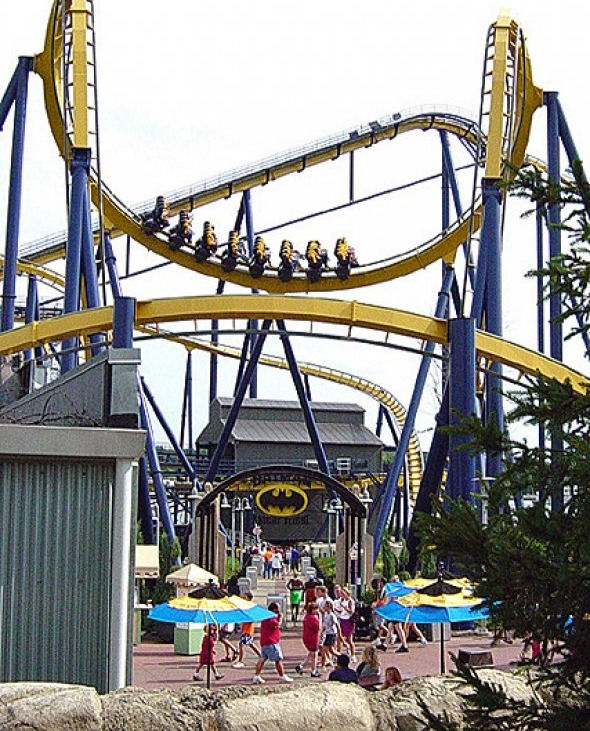
The biggest change to the property came to the old SeaWorld area itself. Cedar Fair had discontinued its involvement with wild animal attractions, so the marine animals were retained by Six Flags and relocated to either Six Flags Discovery Kingdom or Six Flags Wild Safari.
The marine park itself was closed off to the public and razed almost entirely. When Geauga Lake reopened under Cedar Fair’s control for the 2004 season, guests could not access that section of the park at all. This would all change the next season, when on June 17, 2005, Cedar Fair opened the Wildwater Kingdom water park on the site of the former SeaWorld Cleveland.
The property was officially renamed to Geauga Lake & Wildwater Kingdom, in an effort to promote the new 26 million dollar water park. The new Wildwater Kingdom consisted of a new children’s play area as well as six new water slides. The Hurricane Hannah area remained in order to accommodate crowds coming to the new Wildwater Kingdom.

For the 2006 season, a planned expansion to Wildwater Kingdom was set to introduce a wave pool, body slides, whirlpool, and swim-up bar, totaling 24 million dollars for the two-year project and covering 20 acres of the park’s land. However, due to budget constraints, the expansion was scaled back drastically, and only a 30,000 square foot wave pool was added in 2006, which only cost the park 5 million dollars.
The wave pool would be known as Tidal Wave Bay, and the Hurricane Hannah area was shut down for good, making Wildwater Kingdom the only water park on the property. It has been widely accepted that the only reason Cedar Fair installed Wildwater Kingdom was to compensate for the removal of the marine park. This is evident by many of the structures and buildings from SeaWorld being refurbished and reused as facilities for the water park.

Once the 2006 season went by, Cedar Fair noticed that attendance had dropped by 74 percent since Six Flags took over in 2001. From a business standpoint- this is terrible, especially for an amusement park of Geauga Lake’s size. But what was causing this decline in park attendance?
It has been heavily believed that the location played a big factor. At the time, two other parks, both owned by Cedar Fair, were dominating the amusement industry of the Midwest. Cedar Fair had recently acquired Paramount’s Kings Island in the Cincinnati area, and Cedar Point, the company’s flagship park, was just eighty miles along the coast from Geauga Lake.
When given the choice, the average park-goer would most likely choose to visit the Cedar Fair park that had more award-winning roller coasters and family rides, making Geauga Lake & Wildwater Kingdom appear as a fish out of water.
Over the winter before the 2007 season, Cedar Fair removed two major roller coasters from Geauga Lake without much notice, foreshadowing what seemed to be the inevitable fate of the amusement park. Geauga Lake & Wildwater Kingdom opened again for the 2007 season, but the season’s schedule was cut short and no annual Halloween events would be offered.
It wasn’t until September 21, 2007 when Cedar Fair publicly announced that Geauga Lake was permanently closing after operating as a local amusement park for well over 100 years. Dick Kinzel, the CEO of Cedar Fair at the time, stated that Wildwater Kingdom would remain open, as it was the most popular feature of the property, and the company believed that just a waterpark would be a better fit for the area’s local crowds.
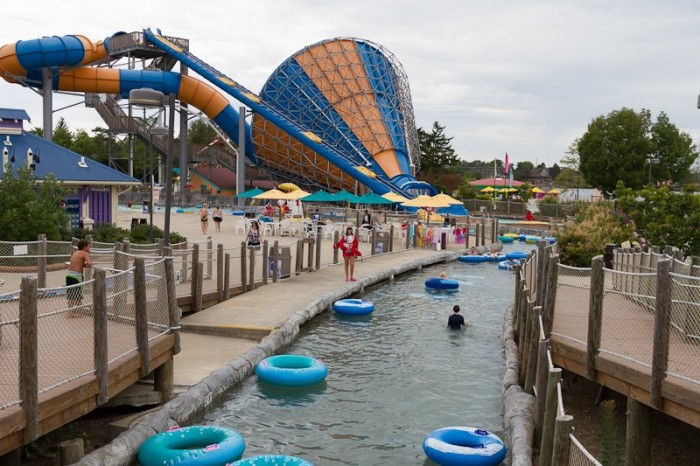
Some of the rides from Geauga Lake would be relocated to other amusement parks, some would be demolished, and others sat abandoned for the time being. The bridge across the lake connecting Geauga Lake’s property to the neighboring Wildwater Kingdom would be closed off, and guests who continued to visit Wildwater Kingdom would see nothing but an abandoned historic amusement park rotting across the lake.

Wildwater Kingdom remained in operation after the 2008 season, and over that time span, it became less and less apparent that the land it sat on once belonged to a marine zoological park. The amusement park could still be seen sitting abandoned on the other side of the lake, although many of its remaining attractions had been demolished. If you were to tell anyone that the property around Wildwater Kingdom was once the home of the country’s largest amusement park, they probably wouldn’t have believed you at first.
It wasn’t until 2016 when Cedar Fair realized that there wasn’t much more they could do to keep Wildwater Kingdom operating. Attendance still wasn’t meeting the expected numbers, and the property was becoming too much of a financial burden that wasn’t turning any profit for the company.
In August of 2016, Cedar Fair announced that Wildwater Kingdom would not be reopening for the 2017 season, and the water park closed permanently on September 5, 2016, officially ending the long history of amusement parks that called the Geauga Lake property their home.

In November of 2017, the water park was demolished with the exception of many of the service buildings and facilities that had been around since the SeaWorld Cleveland days. Since the park’s closure, no other tenants have bought the property and used it for any significant purposes.
There have been proposals for redeveloping the land as a residential area, but no companies have yet decided to officially buy property from Cedar Fair, who continue to have no interest in utilizing it for anything. In September of 2017, a plague was dedicated to the historical amusement park and currently exists as one of the only reminders of its existence.
The downfall of SeaWorld Cleveland wasn’t caused by a lack in interest in marine life, or a groundbreaking controversy, or even the fact that the park hardly had any rides. It fell apart because of an unfortunate series of new management, financial setbacks, and the inability to keep up with the interests of local guests.
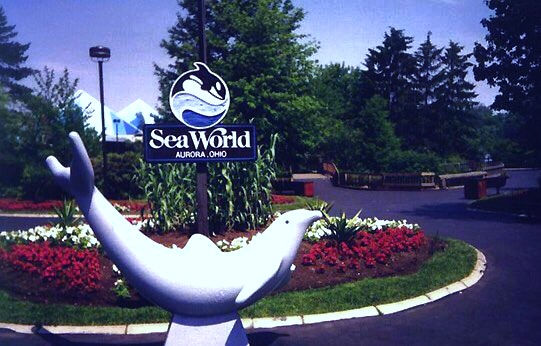
Competition played a key role in SeaWorld and Geauga Lake’s failure. Because of the constant changes, the park never had the time to develop any groundbreaking attractions to make it stand out from others like it, making it appear subpar to the other locations in the area, namely Cedar Point.
Perhaps the saddest thing about it all is that the property still sits abandoned. While the majority of Geauga Lake has deteriorated, many remnants of SeaWorld Cleveland and Wildwater Kingdom can still be found sitting vacant. Some urban explorers and Youtubers have been able to access the abandoned property and have documented their findings, so if you want to see more of what the property looks like now, here are some of my favorite videos.
SeaWorld Ohio was a failure, but that’s not necessarily a bad thing. In life, you will fail. Failure is necessary for later success, and sometimes in life, things don’t always go the way you initially thought they would. Sometimes it's best just to accept the outcome and evaluate your missteps in order to push forward and find success elsewhere.
SeaWorld Ohio is now nothing but a memory of the past, and it will never be anything more than that, but now, it is our job to treasure the history it left behind. There's a whole sea of potential out there, and we must remember to learn from the past, but embrace whatever the tide brings in next.
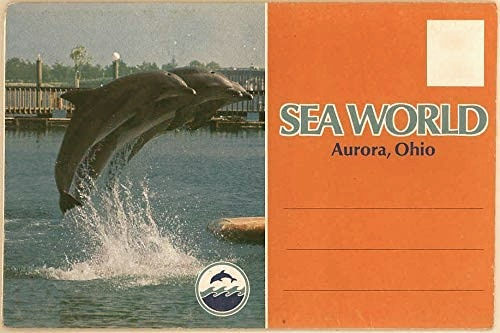
Until next time. -Max
.png)




Comments